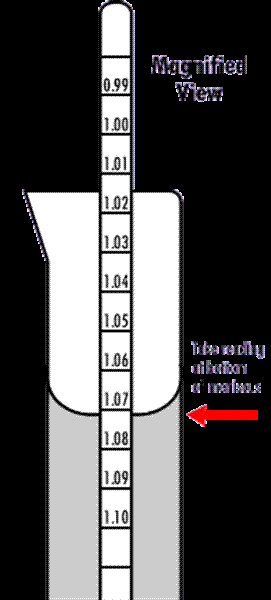Old Philosopher
Amateur
- Joined
- Oct 22, 2009
- Messages
- 764
- Reaction score
- 11
Thanks! I knew I came to the right forum!Don't rush into bottling, give it a chance to clear. After the sediment has dropped out and the wine is clear rack off of the sediment into another carboy. Allow this to settle for a month or so. Again rack off the sediment (there will be a little) into a bucket then add one crushed camden tablet per gallon of wine. If you're going to sweeten it up then also add 1/2tsp of potassium sorbate per gallon to prevent it from fermenting again and then bottle it.

Now, do you mean literally to siphon out the sediment, or to rack off the wine, leaving the sediment behind?








